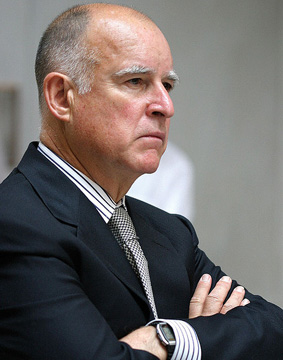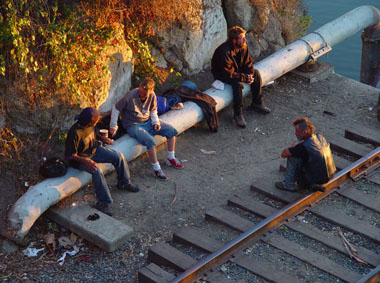CALPIRG teamed up with the Children’s Hospital of Los Angeles to present their annual “Trouble in Toyland” report. It highlights some of the dangerous toys that shoppers should be on the look out for this holiday season.
“The most important thing is to look out for toxics and plastic hazards. And choking hazards continue to be one of the biggest risks for children,” said Austin Price is with CALPIRG
Two of the main hazards on CALPIRG’s list are related to toxins… For instance, toys that have phthalates, a component in plastics, can affect children’s development and reproductive systems. Also, lead is still found in toys.
One of the most common dangers is choking on small pieces. Jeffrey Upperman is director of the Children’s Hospital trauma center. The hospital performs a lot of airway obstruction surgeries.
“The parents who are shopping for toys need to understand that they need to buy toys that are age appropriate. They need to read the labels and they need to make sure that if they’re picking up a bike, make sure to pick up a helmet first,†Upperman said.
The fourth main hazard is noisy toys like play cell phones that can cause hearing loss. Three years ago, congress passed the consumer product safety improvement act. It requires manufacturers to test toys for toxins and lead. Austin Price urges Congress to continue funding the commission that is enforcing stricter regulations.
“So we’ve seen…over two hundred thousand recalls for lead toys just in the past year. So there are safer toys in the marketplace now than when we started this 26 years ago but there’s still hazards out there parents need to know about,” Price said.
Although those toys with noise or small pieces may look like a blast, they may create more harm than fun.
Karla Robinson, Annenberg Radio News.









 “Don’t Hold Us Back” is a coalition of parents, civil rights groups and community organizations that is calling for involvement in contract negotiations. At a rally this morning, the group spoke out to insure that the agreements provide students with quality education.
“Don’t Hold Us Back” is a coalition of parents, civil rights groups and community organizations that is calling for involvement in contract negotiations. At a rally this morning, the group spoke out to insure that the agreements provide students with quality education. Just as the public and private sectors were hit in the recession, non-profits have fought for support as funding declined. The mayor says the non-profit sector in LA is a 35 and a half billion dollar industry and employs six percent of the region’s work force.
Just as the public and private sectors were hit in the recession, non-profits have fought for support as funding declined. The mayor says the non-profit sector in LA is a 35 and a half billion dollar industry and employs six percent of the region’s work force.
 The SB-292 law limits the time period for legal challenges, just for the stadium project. This will protect AEG’s proposed stadium against competitors who might try to delay the project. The law also ensures that Farmer’s Field is built to be environmentally sustainable.
The SB-292 law limits the time period for legal challenges, just for the stadium project. This will protect AEG’s proposed stadium against competitors who might try to delay the project. The law also ensures that Farmer’s Field is built to be environmentally sustainable. Poverty numbers are high across the country but in California, they’re even higher. The 2010 poverty rate was 1.2 percentage points above the national rate.
Poverty numbers are high across the country but in California, they’re even higher. The 2010 poverty rate was 1.2 percentage points above the national rate. 




